New Gardener. New Home.
lmw0336
12 years ago
Related Stories
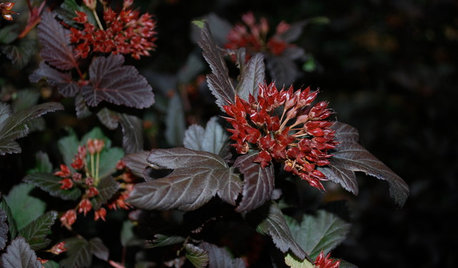
LANDSCAPE DESIGNGreat Design Plant: Sun-Loving Ninebark Puts on a Color Show
This tall, dark and handsome native shrub is equally at home in jeans and boots or in a suit and tie
Full Story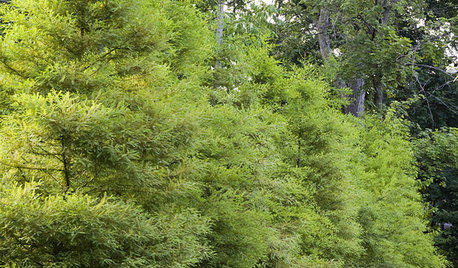
GARDENING AND LANDSCAPINGGreat Design Plant: Bald Cypress
Enjoy this beautiful tree's feathery foilage, fall color and tolerance of wet and dry soils
Full Story
GARDENING GUIDESGreat Design Plant: Knock Out Roses
As glorious as their high-maintenance kin for a fraction of the work, Knock Out roses make even beginners look like garden stars
Full Story
GARDENING GUIDESGreat Design Plant: Milkweed
Quit cringing. This not-weed plant is a sight to behold in the garden, has a delicious vanilla scent and is a magnet for butterflies
Full Story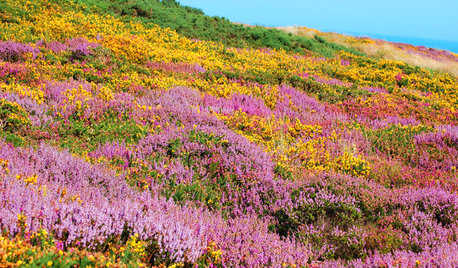
GARDENING FOR BUTTERFLIESGreat Design Plant: Scotch Heather
The moors aren't all moody, as this prettily colored evergreen shrub proves. Plant it en masse for an epic romance in your own garden
Full Story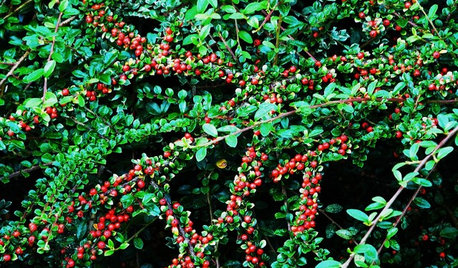
FALL GARDENINGGreat Design Plant: Rock Cotoneaster
Adaptable and highly tolerant, this branching plant makes a terrific ground cover and cutting source
Full Story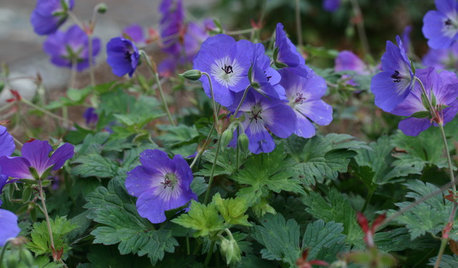
FLOWERSGreat Design Plant: 'Rozanne' Cranesbill
Try this vigorous scrambling beauty as a ground cover or container plant for captivating garden color all summer long
Full Story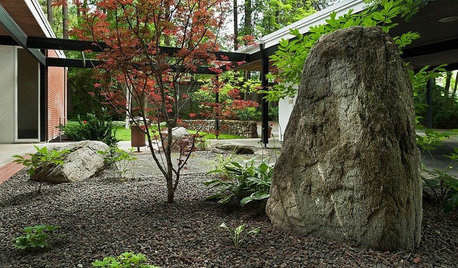
HISTORIC HOMESLandmark Status Honors a Historic Modern Landscape
Grounds designed by Lawrence Halprin, including a play garden and a meditative garden, gain protection thanks to a family's efforts
Full Story
WINTER GARDENING10 Native Wildflowers to Beautify Your Winter Garden
They stand strong in wind, feed wildlife and are easy to grow. But you may want to add these plants for their looks alone
Full Story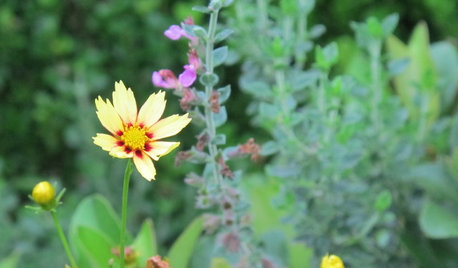
GARDENING GUIDESGreat Design Plant: Coreopsis 'Redshift'
Breaking with its pure-yellow past, 'Redshift' tickseed will change up a bland garden with its hot new color combo
Full Story





allhaileris
captivatedlife
Related Professionals
Arlington Landscape Architects & Landscape Designers · Maple Valley Landscape Architects & Landscape Designers · Ashburn Landscape Architects & Landscape Designers · Folsom Landscape Architects & Landscape Designers · Ellensburg Landscape Contractors · Fuquay-Varina Landscape Contractors · Muttontown Landscape Contractors · Pompton Lakes Landscape Contractors · San Pedro Landscape Contractors · Smyrna Landscape Contractors · Soddy Daisy Landscape Contractors · Wells Landscape Contractors · Weymouth Landscape Contractors · Mounds View Roofing & Gutters · West Puente Valley Swimming Pool Buildersjolj
jolj
danielmc